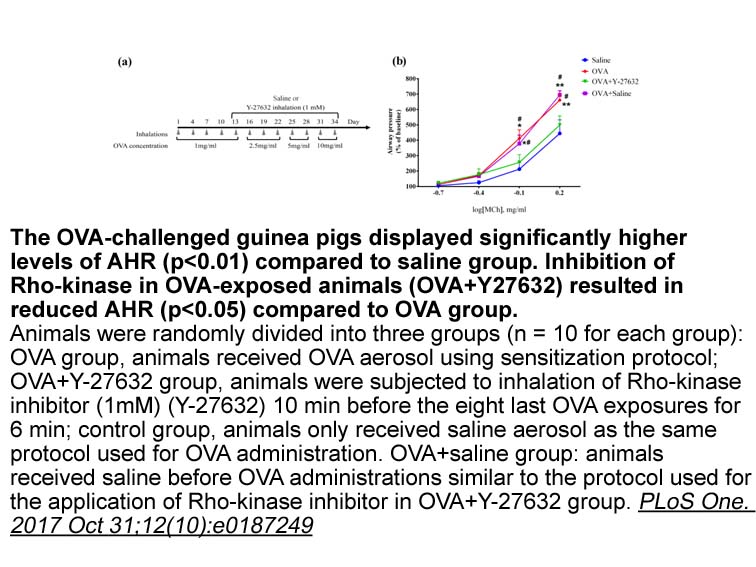Archives
Covalent inhibitors are well suited for targeting the E enzy
Covalent inhibitors are well suited for targeting the E1 mg132 of Ubl modifications. Because the E1 enzymes in Ubl modifications, such as the SUMO E1 and Atg7, have a slow turnover rate (Boggio et al., 2004), prolonged inhibition can be achieved without requiring compounds to be stable in circulation, reducing the pharmacokinetic hurdle associated with conventional drug discovery processes. In addition, cancers and viruses are less likely to develop resistance to covalent than to non-covalent inhibitors as shown by existing covalent drugs (Kalgutkar and Dalvie, 2012, Singh et al., 2011).
Our finding of an allosteric, covalent inhibitory mechanism of the E1 enzymes is a major advancement in targeting the Ubl modifications. As we have previously discussed, the lack of drugs targeting Ubl modifications highlights the need to identify new approaches to inhibit this class of enzymes. Members of E1 enzymes are potential targets for inhibiting c-Myc and KRas oncogenes involved in the development of the majorit y of human cancers and contribute to cancer cell stemness and resistance (Bogachek et al., 2016, Du et al., 2016, He et al., 2017, Kessler et al., 2012, Luo et al., 2009, Yu et al., 2015). Therefore, identification of a mechanism to inhibit the E1 enzymes not only provides a complementary approach to overcome resistance developed through mutations for compounds that target the ATP-binding sites (Xu et al., 2014) but also provides new directions for developing potent and selective inhibitors to potentially treat cancers and other life-threatening diseases.
y of human cancers and contribute to cancer cell stemness and resistance (Bogachek et al., 2016, Du et al., 2016, He et al., 2017, Kessler et al., 2012, Luo et al., 2009, Yu et al., 2015). Therefore, identification of a mechanism to inhibit the E1 enzymes not only provides a complementary approach to overcome resistance developed through mutations for compounds that target the ATP-binding sites (Xu et al., 2014) but also provides new directions for developing potent and selective inhibitors to potentially treat cancers and other life-threatening diseases.
Significance
Ubl post-translational modifications are potential targets for developing novel therapeutics for life-threatening diseases, such as c-Myc- and KRas-driven cancers that lack targeted therapy. However, only a few drugs are available to target these modifications. This lack of drugs highlights our knowledge deficiency in regulating Ubl enzymes by small molecules. Here, we identified an allosteric, covalent inhibitor chemotype that inhibits the SUMO-activating enzyme (E1) by targeting an unexpected buried site. Because the only previously known mechanism to inhibit E1 enzymes is through targeting the ATP-binding site, identification of an allosteric inhibitory mechanism of the activating enzymes could spur innovative drug discovery efforts targeting Ubl modifications. This finding also raises the possibility of allosteric E1 regulation by small-molecule metabolites.
STAR★Methods
Acknowledgments
We thank the City of Hope core facilities, including the Animal Model Core, Bioinformatic Core, NMR Core, Flow Cytometry Core, and Florescence Microscopy Core for excellent technical support, and NIH grants R01GM086171, R01GM102538, and R01CA212119, R01CA216987, and R03DA026556 (to Y.C.) for funding, and R44CA189499 (to S.X.O.). E.S. is a fellowship recipient of the California Institute of Regenerative Medicine. The Conrad Prebys Center for Chemical Genomics wishes to acknowledge the NIH Roadmap Grant U54 HG005033 for providing funds to during its participation as a comprehensive screening center of the Molecular Libraries Probe Production Centers Network (MLPCN). We thank Dr. Sumeet Salaniwal for assistance in preparing Table 1. Dr. Gregory P. Roth, who led the medicinal chemistry studies described here, passed away. Gregory is remembered for his many scientific contributions including those described here.